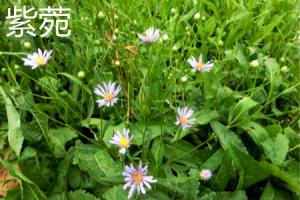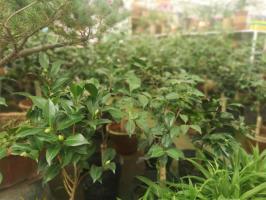How to Transplant Potted Plants to Ground
Transplanting a potted plant to the ground can be an exciting and rewarding experience. However, it's important to make sure you do it correctly, or your plant may not take root or thrive. Here is a step-by-step guide on how to transplant potted plants to the ground:
Step 1: Choose the Right Time to Transplant
The best time to transplant a potted plant to the ground is in the spring or fall. This is when the soil is moist and the temperatures are mild. Avoid transplanting during the hot summer months or during the winter when the ground is frozen.
Step 2: Choose the Right Location
Choose a location that is suitable for the type of plant you're transplanting. Make sure the area gets the right amount of sunlight, water, and nutrient-rich soil. Also, consider the plant's size at maturity and make sure the location has enough space to accommodate its future growth.
Step 3: Dig a Hole
Using a shovel, dig a hole in the designated location for your plant. The size and depth should be large enough to accommodate the root system of the potted plant. Gently loosen the soil at the bottom of the hole and remove any rocks or debris.
Step 4: Remove the Potted Plant from its Container
Carefully remove the potted plant from its container by gently tapping the sides and bottom of the pot until the plant slides out. If the plant is stuck, use a knife to loosen the soil around the edges of the pot.
Step 5: Inspect the Roots
Inspect the roots and remove any that appear brown or slimy. If the roots are coiled around the root ball, gently tease them apart with your fingers. This helps the roots adapt to the new soil and grow more extensively.
Step 6: Place the Plant in the Hole
Carefully place the plant in the hole, making sure it's positioned at the same depth as it was in the pot. Gently backfill the hole with soil, making sure the plant is stable and upright. Water the plant immediately to help settle the soil around the roots.
Step 7: Add Mulch
Add a layer of mulch around the base of the plant, but keep it away from the stem. Mulch helps retain moisture, suppress weeds, and moderate soil temperature. It also provides a natural nutrient source for the plant.
Step 8: Water and Fertilize Regularly
Water the transplanted plant regularly and deeply to encourage root growth. Fertilize the plant according to the plant's specific needs, but avoid over-fertilizing, as this can harm the plant.
In conclusion, transplanting a potted plant to the ground can be a great way to enhance your garden with new vegetation. By following these simple steps, your potted plant should adapt to the new environment, take root, and grow into a beautiful addition to your outdoor space.

 how many times do yo...
how many times do yo... how many planted tre...
how many planted tre... how many pine trees ...
how many pine trees ... how many pecan trees...
how many pecan trees... how many plants comp...
how many plants comp... how many plants can ...
how many plants can ... how many plants and ...
how many plants and ... how many pepper plan...
how many pepper plan...




























